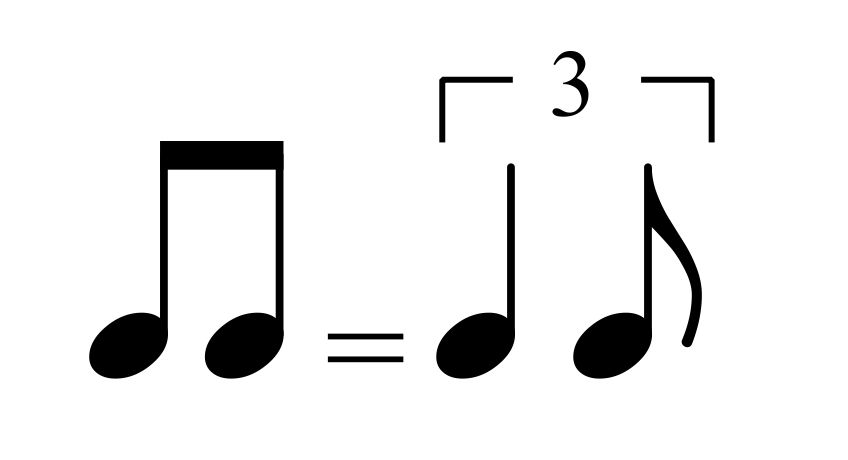Tempo means the speed of the music. The speed is defined in relation to the beats of each bar, which are themselves defined by the time signature. The tempo is represented by the BPM, which stands for 'beats per minute'. So whatever number the BPM is, is the number of beats per minute in the music, and the note value/note length of those beats are also specified in the tempo marking. Through this process, the tempo (speed) of the music can be accurately defined. The tempo is marked out on the music, at the start of the music, above the first stave. There can be tempo changes in the music, and if there are, then the tempo will be marked out again, at the point where the tempo changes. All bars from where a tempo is marked until either the next tempo, or the end of the music, will continue to follow that BPM. This marking is shown by a note, the note value of that specific note being the note value of the beat. To the right of that note there will be an = (equals) sign, which is then followed by a number, which is the number of the BPM (how many beats there are per minute). This is what the sign looks like:

The basic feel of the music, whether it is straight or swung is shown by a marking, or not having that specific marking. If the music is straight, then no marking is needed, because sticking to the notes, playing it how it is written, it will be in straight time, assuming the music isn't occupied by a heavy use of odd subdivisions, because this would mean the music wouldn't supposed to be in straight time anyway, but again playing it how it appears, it would still have the correct feel, as this feel would be based on the subdivisions there anyway. If the music is supposed to be swung, then even though this feel is based on triplet subdivisions, the notes would rarely be written out as triplets, as this takes more effort and clutters what is written. Instead, the notes would still be written out, appearing in straight time, but a marking would be used to show the music is swung. This marking is put at the beginning of the music, above the first stave, if it starts swung, or simply above the bar/stave of whatever place in the music where a swung section starts from. Depending on what note value is swung, the marking will show two consecutive notes of the same note value, representing the notes in that music, from how they appear to be straight, which is followed by an = (equals) sign, followed then by the equivalent to those two notes in a swung (triplet) form, equalling the same overall note length, and still consisting of two notes, to show you how to apply that triplet feel to all the notes from there onwards, to make the music swung. This is an example of what that marking looks like:

There are also basic stylistic markings in music. These appear at the beginnings of pieces of music, above the first stave to show you what style/genre the music is. These markings may also appear above specific sections, if those sections are of a certain style different to the rest of the music. The markings are simply just the names of the styles/genres. For example, you may get 'Jazz' written on a piece of jazz music, or 'Rock' written on the sheet music of a rock song.
No comments:
Post a Comment